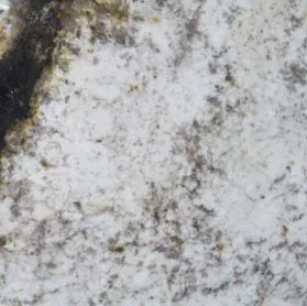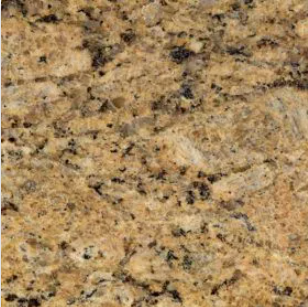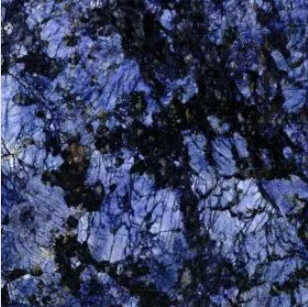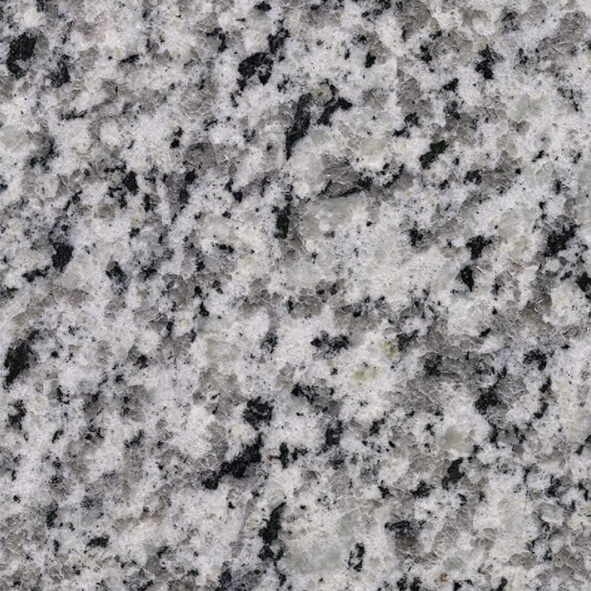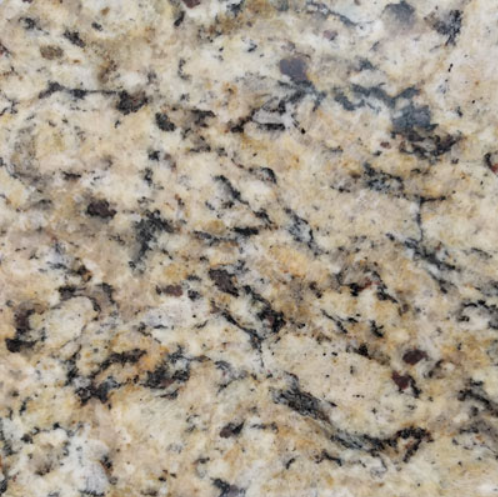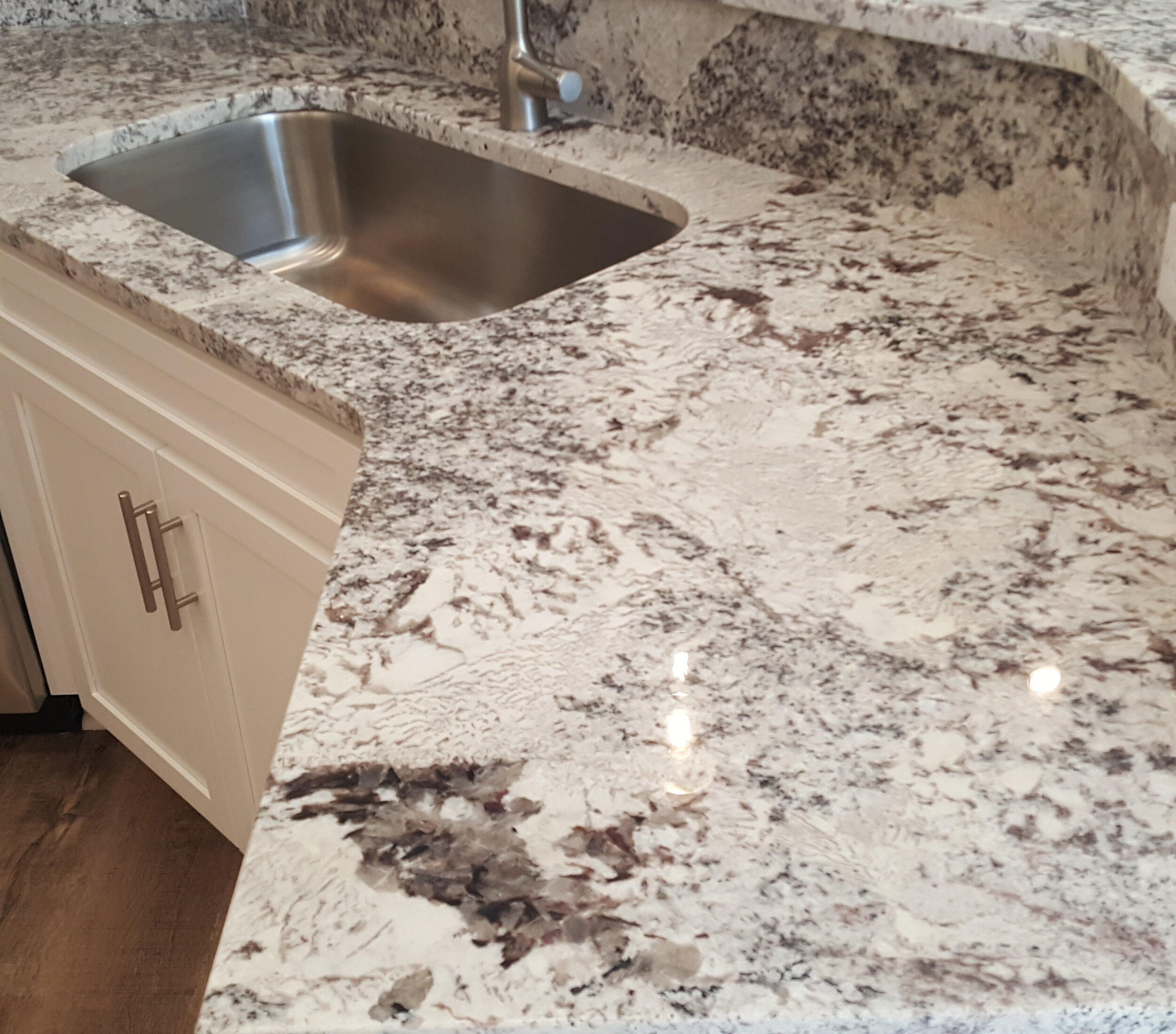CHOOSING THE BEST GRANITE SLAB
When designing your new home’s kitchen countertops, there are a wide range of materials to select from, including laminate, ceramic tile, quartz, concrete, stainless steel, marble, butcher block, and granite. It’s a big decision not only in terms of budget but function and aesthetics. A well-chosen countertop makes your kitchen more useful and complements to the overall design.
While there are numerous countertop materials, one of the most popular and growing is slab granite. Granite offers many appealing features:
Heavy and durable
Natural appearance with a variety of designs
Heat, scratch, and stain resistant
Low maintenance
Valuable real estate asset
So What is Granite?
Granite is a natural stone that is the byproduct of volcanic magma flowing and rising through cracks in the Earth’s crust. When the magma cooled, it combined with feldspar, mica, and quartz, creating a crystal looking stone — granite. Due to its chemical and mineral content, granite is available in a wide mix of patterns and colors, ranging from white and tan to blue and black. As the law of supply and demand dictates, if the color and pattern is extremely beautiful and not available in large quantities, the granite will probably come with a high price tag. Some colors are more scarce than others, for example, a blue granite is rarer than a white or beige granite. Conversely, popular granite colors like tan or brown, which are found and quarried in large areas such as China, cost less due to economical labor costs and an easy extraction process.
How are Granite Slabs Created?
After outlining a section of rock, construction crews extract a granite block from the quarry and cut it down to approximately 9’ x 5’ x 5’, creating a block that the manufacturing plant can easily handle. Once sent off to the factory, the giant slab is marked and cut into smaller slabs then polished to highlight the slab’s colors. However sometimes manufacturers will cut the block into thin pieces, which negatively impacts the durability of each slab. A thicker slab of granite is more durable and considered higher quality, so when selecting a durable granite slab choose a piece that measures at least 1 to 1 ¼ inch in thickness.
What to Look for in a Granite Slab
In addition to measuring the slab’s thickness, look for any scratches, dings, dents, or uneven areas. These imperfections may seem distinctive, but they can increase the possibility that the slab will crack or break. You may want to consider matching granite to your cabinet color or flooring, but also appliances, accessories, and fixtures. Consider the lighting in your home. Well-lit, bright rooms can support darker colors such as black and blue granite slabs, and if your home does not have as much natural light, stick with white, gray, cream or any light-colored granite.
Granite Levels
There are hundreds of types and styles of granite ranging from basic stock level 1 to exotic group level 6. However, slab yards primarily supply three levels of granite: level 1, level 2, and level 3. These levels were created to separate entry-level granite from superior quality; attributes such as color, appearance, and thickness factor into the grade level.
Langbeen Builders offers its clients level 1 and level 2 granite choices. Typically, Langbeen Builders’ clients choose level 1 granite with Bengal White, Venetian Ice, and Black Pearl as the most popular color choices.
Level 1 Granite
The lowest grade of granite is level 1 or entry-level, also called commercial-grade granite. If you’re on a budget, a level 1 granite countertop may be the most practical choice; its top selling feature is that it is very cost friendly. However, while not necessarily a con, level 1 granite offers very simple patterns with not a lot of distinctive characteristics. In addition, commercial-grade granite has a lot of soft minerals dispersed throughout and less color variation than higher quality cuts of granite; standard colors include beige, white, brown, tan, and grey. So, if you are looking for granite with the wow factor, level 1 granite may not be a suitable choice. As for the dimensions, a slab of entry-level granite can range from 3/4 to 1 ¼” thick. Because of its price, level 1 granite countertops are often mislabeled as poor quality; however, level 1 granite is strong and durable, similar to level 2 and level 3 granite.
Level 2 Granite
Level 2 is a mid-grade granite that offers more color and variation in design than that of level 1. Typically imported from India or Brazil, this granite selection will have more patterns in it, offering a unique granite look. Mid-grade granite is often identifiable by its clear colors and more elaborate patterns, but it doesn’t have the same unique qualities as more high-end cuts.
Level 3 Granite
Any granite grade that’s level 3 and up is considered high-grade granite and is one of the finest quality stones you can find. This grade of granite has an incredibly unique appearance and is typically imported from India, Brazil, or Italy, featuring one-of-a-kind colors, vibrant patterns, glittering mineral deposits, and unique veining, for a true work of art.
More Than Just a Countertop
Most Langbeen Builders clients choose level 1 granite; however, some clients upgrade to a level 2 granite because they are looking for a more unique, dramatic look in their kitchen space. Recently two different clients selected level 2 granite for their kitchen countertops. The first client wanted a color that would complement their blue and gray kitchen cabinets, so they chose Araras Blue granite. Araras Blue is also known as blue ash; it comes from Brazil and has a very unique blue-grey color palette that is embellished with white and black. In addition, the client wanted their countertops to mirror their stunning, peaceful lake views. And, Araras Blue does just that — it has heavy movement and precise veining, but still appears serene, thus emulating the view from their kitchen.
The second client chose White Springs granite. The client wanted colors and patterns that would reflect the home’s unique contemporary vibe. White Springs is quarried from a bedrock in Espirito Santo, Brazil and is a one-of-a kind granite that is known for the stone’s subtle yet striking beauty. The natural stone features an off-white base coloring, with gray, bright white, burgundy, and cranberry veining throughout. Considered an exotic, White Springs has a consistent and fluid pattern that pairs well with modern designs. This granite selection complements the homeowner’s other finishes, such as Kichler ceiling fans, pendant, dining room, and bathroom lights as well as Marsh Kitchen and Bath Atlanta white shaker kitchen cabinets, and Kwikset Katara door hardware.
No matter which level of granite or color you choose for your new home, it is one of the smartest selections you will make. Granite is not only durable and workspace friendly, but it also adds a dramatic element to any home’s overall design; it’s a selection that you will surely value year over year.
Level 1 Granite
Level 2 Granite
Level 3 Granite
Araras Blue Level 2 Granite
White Springs Granite

